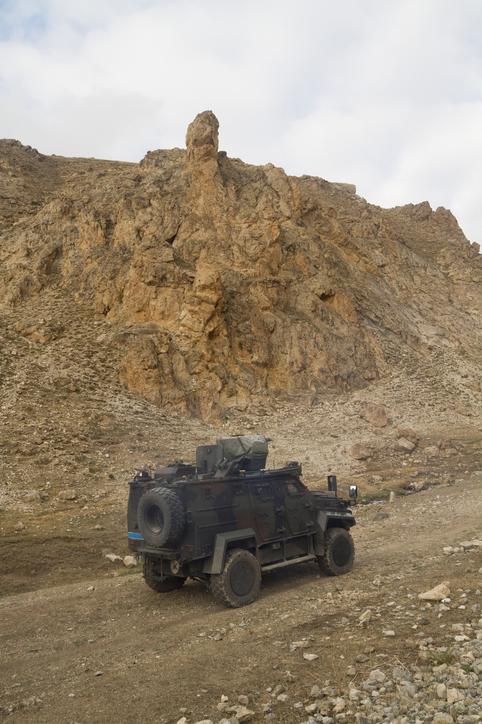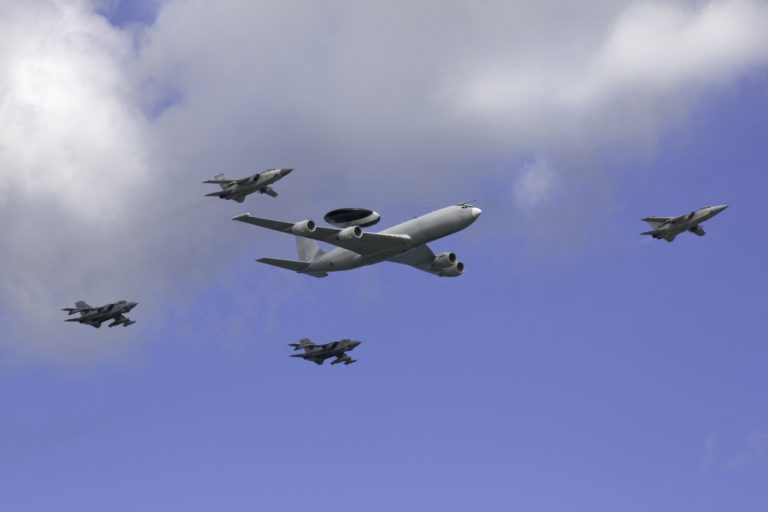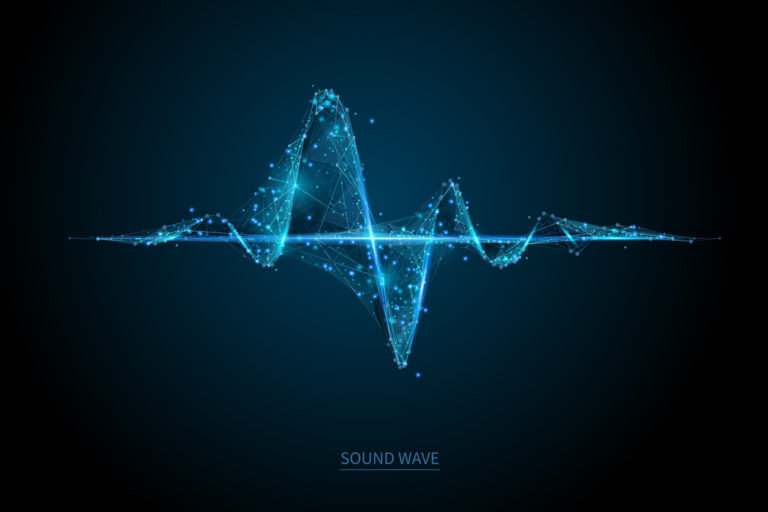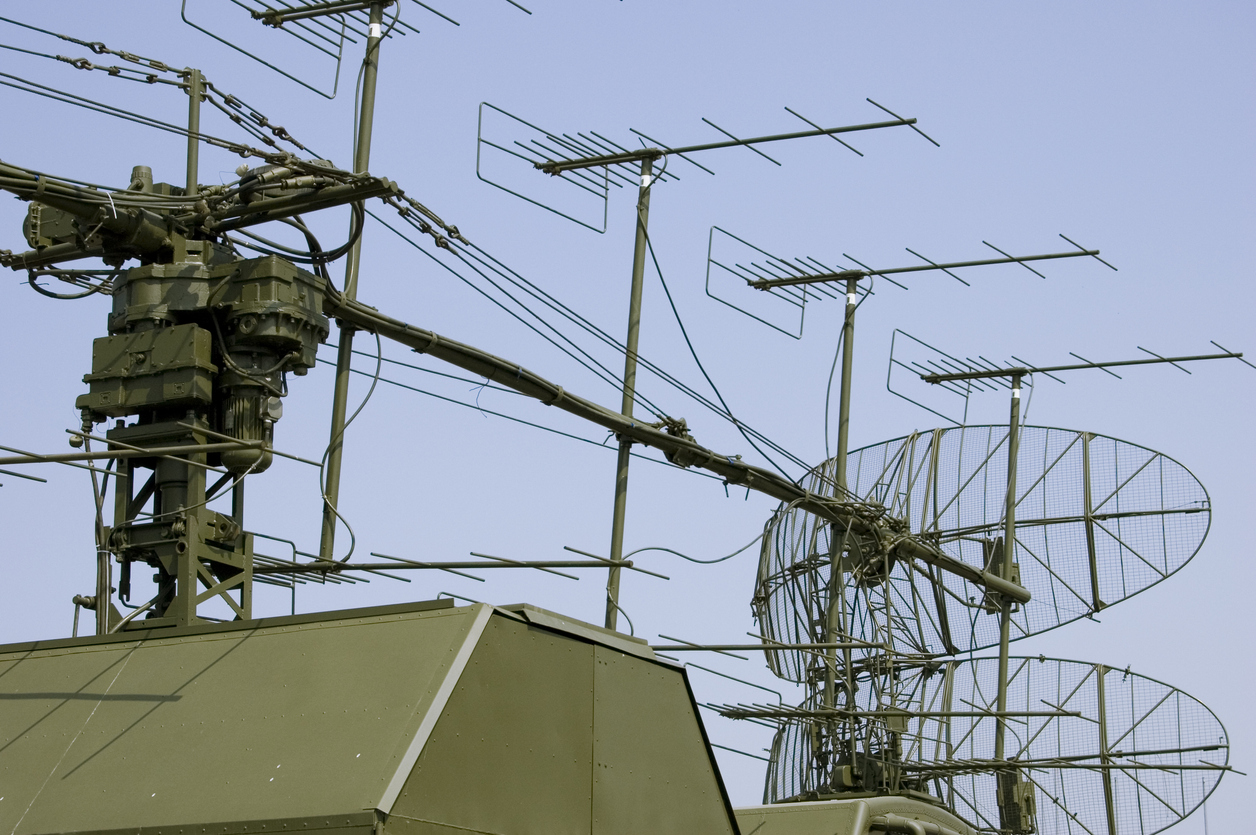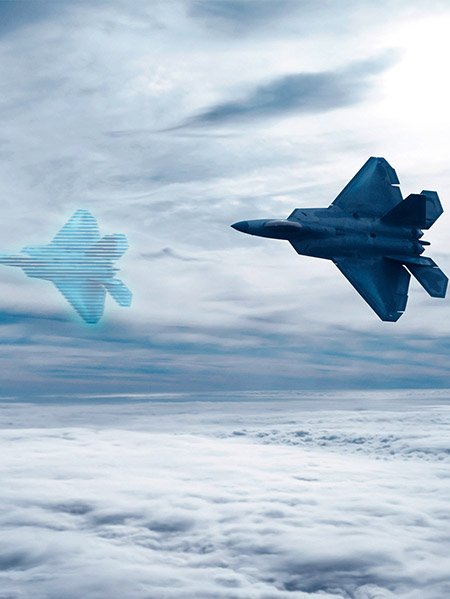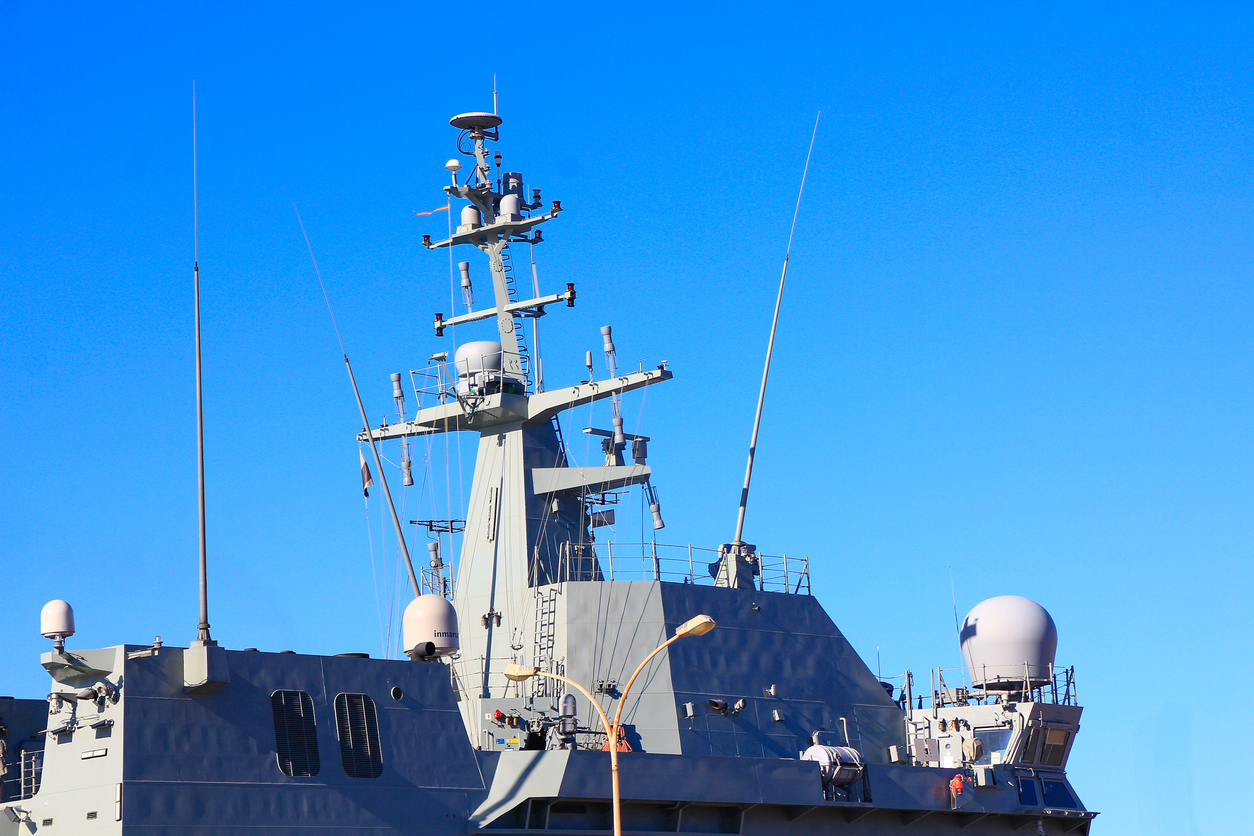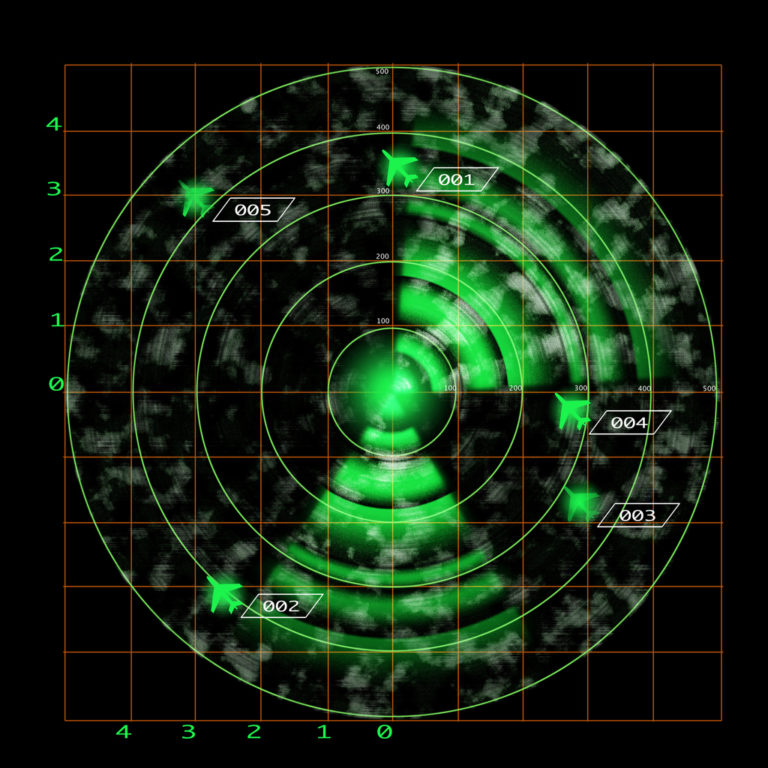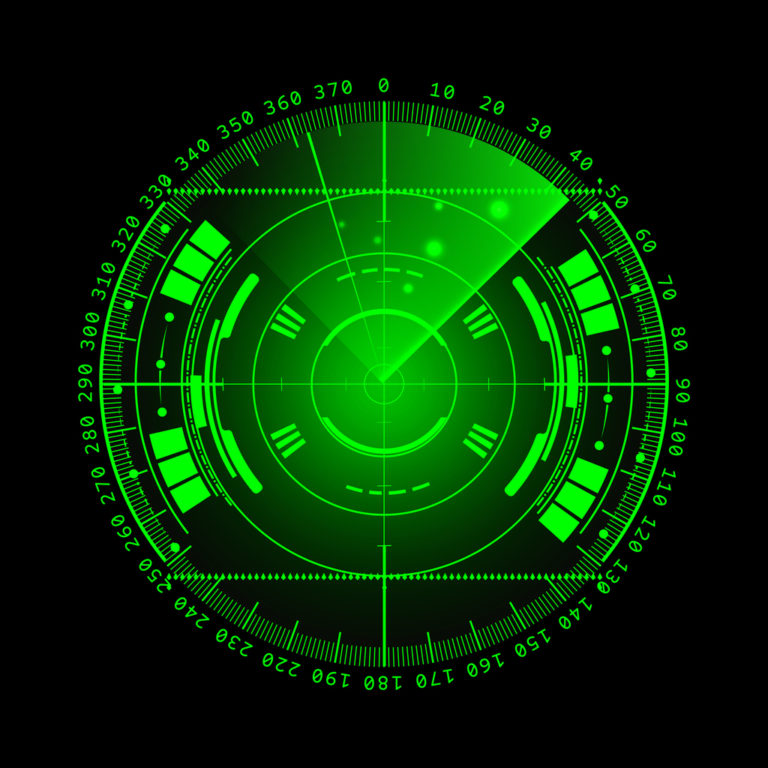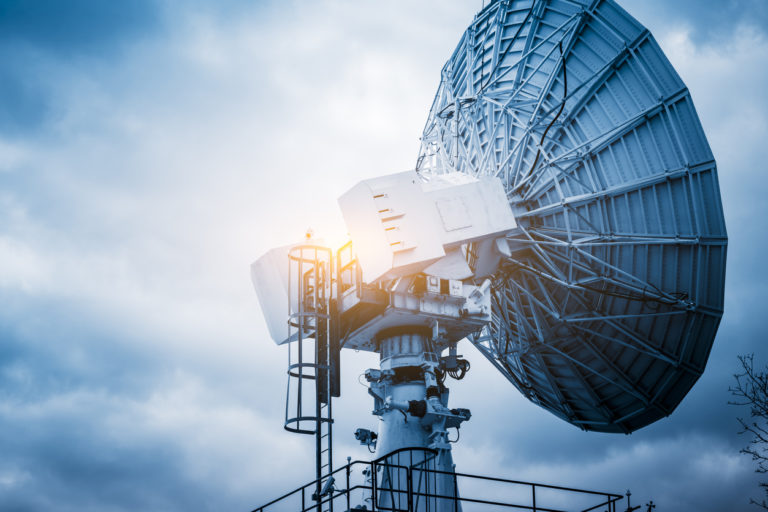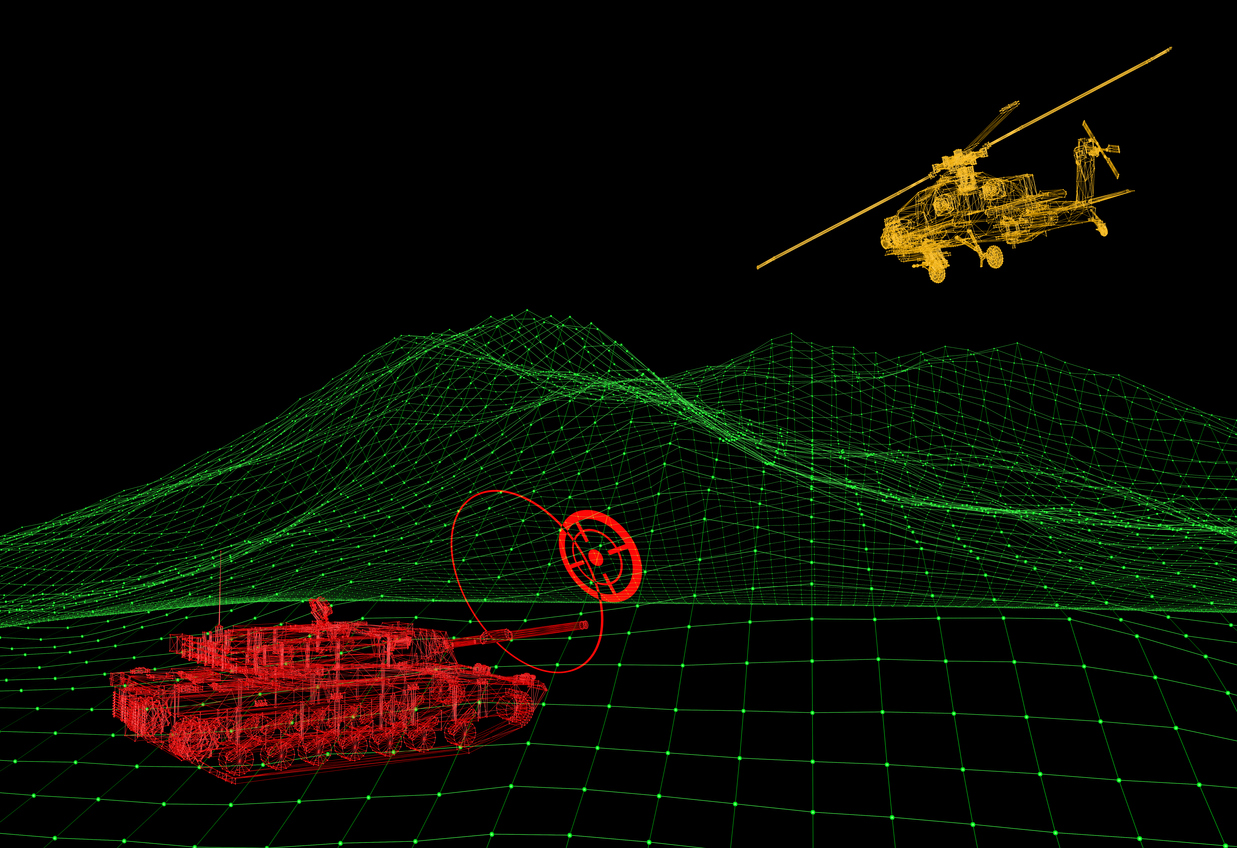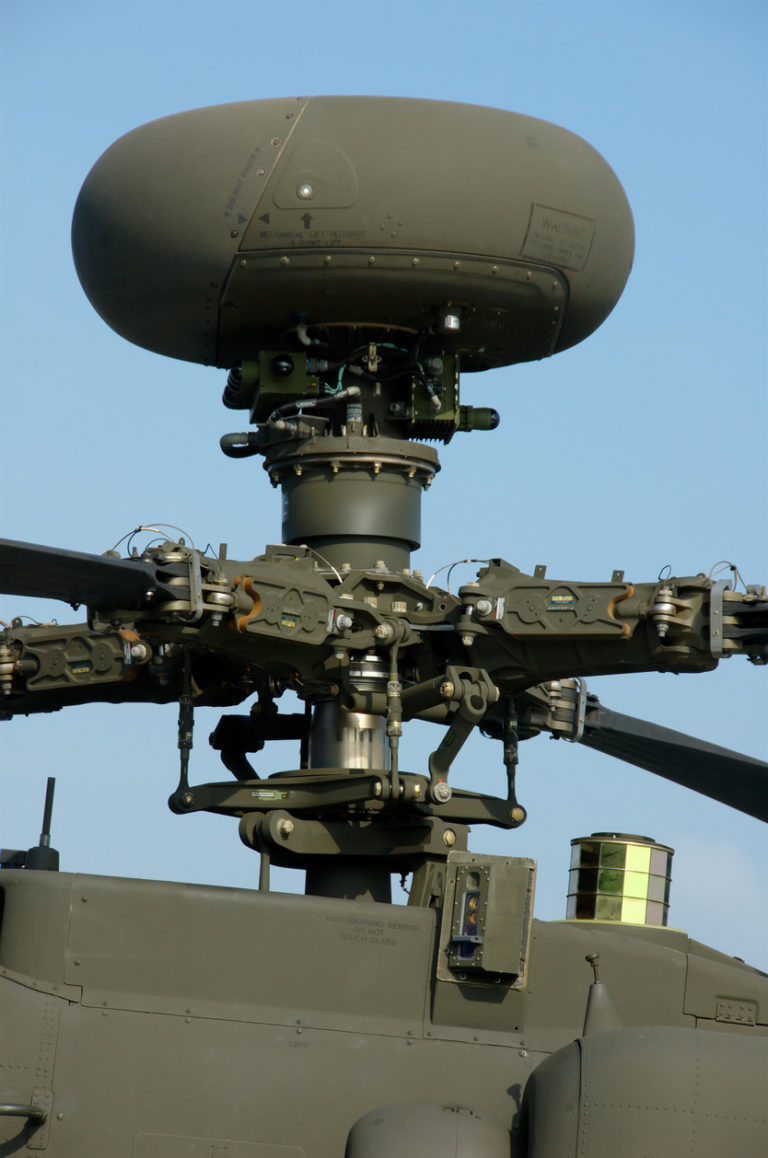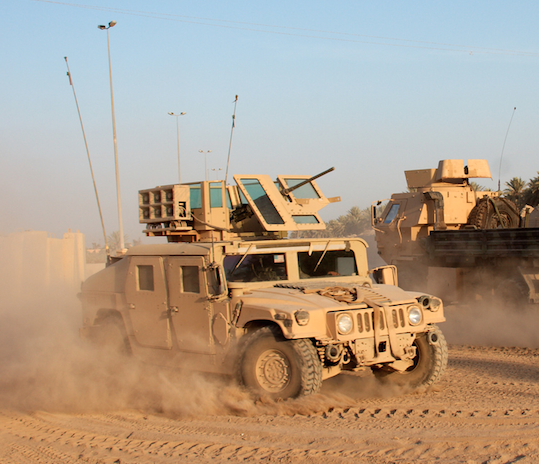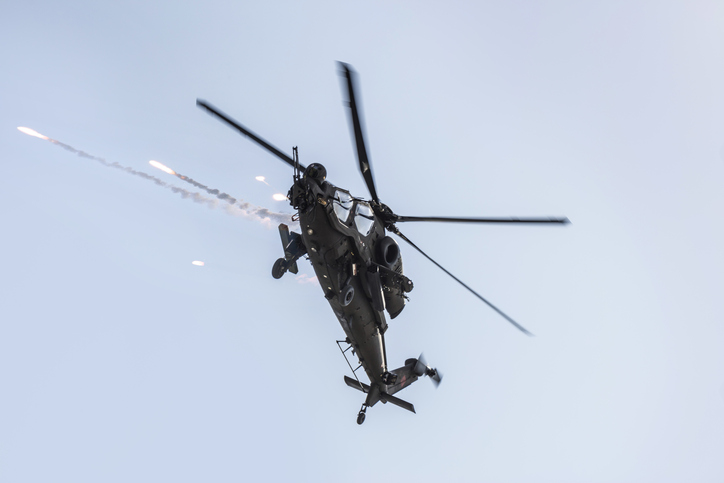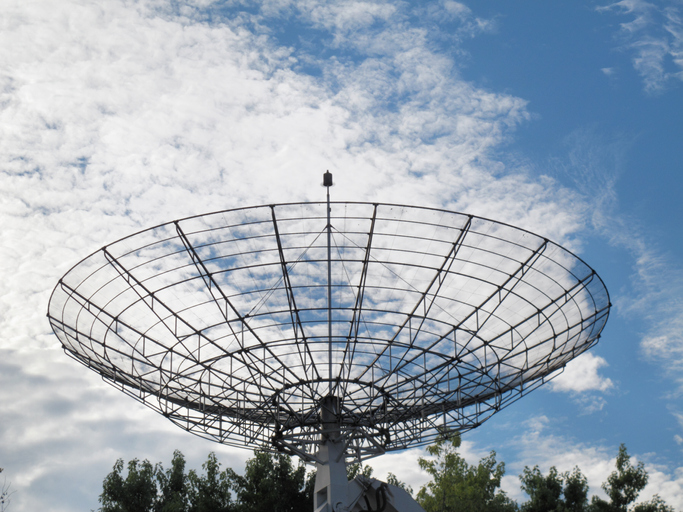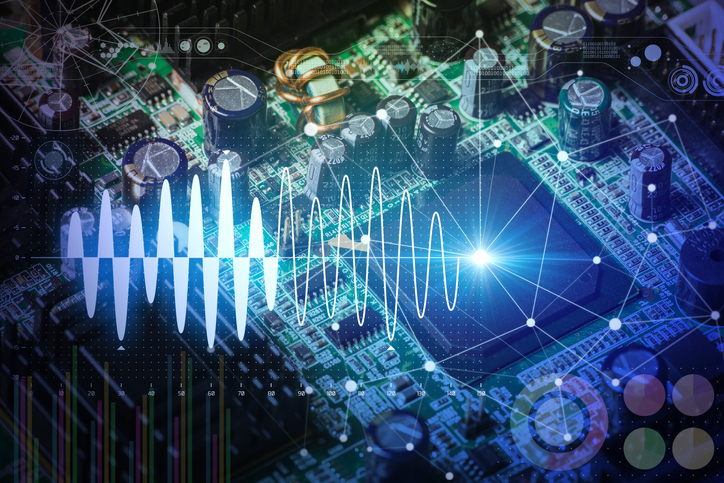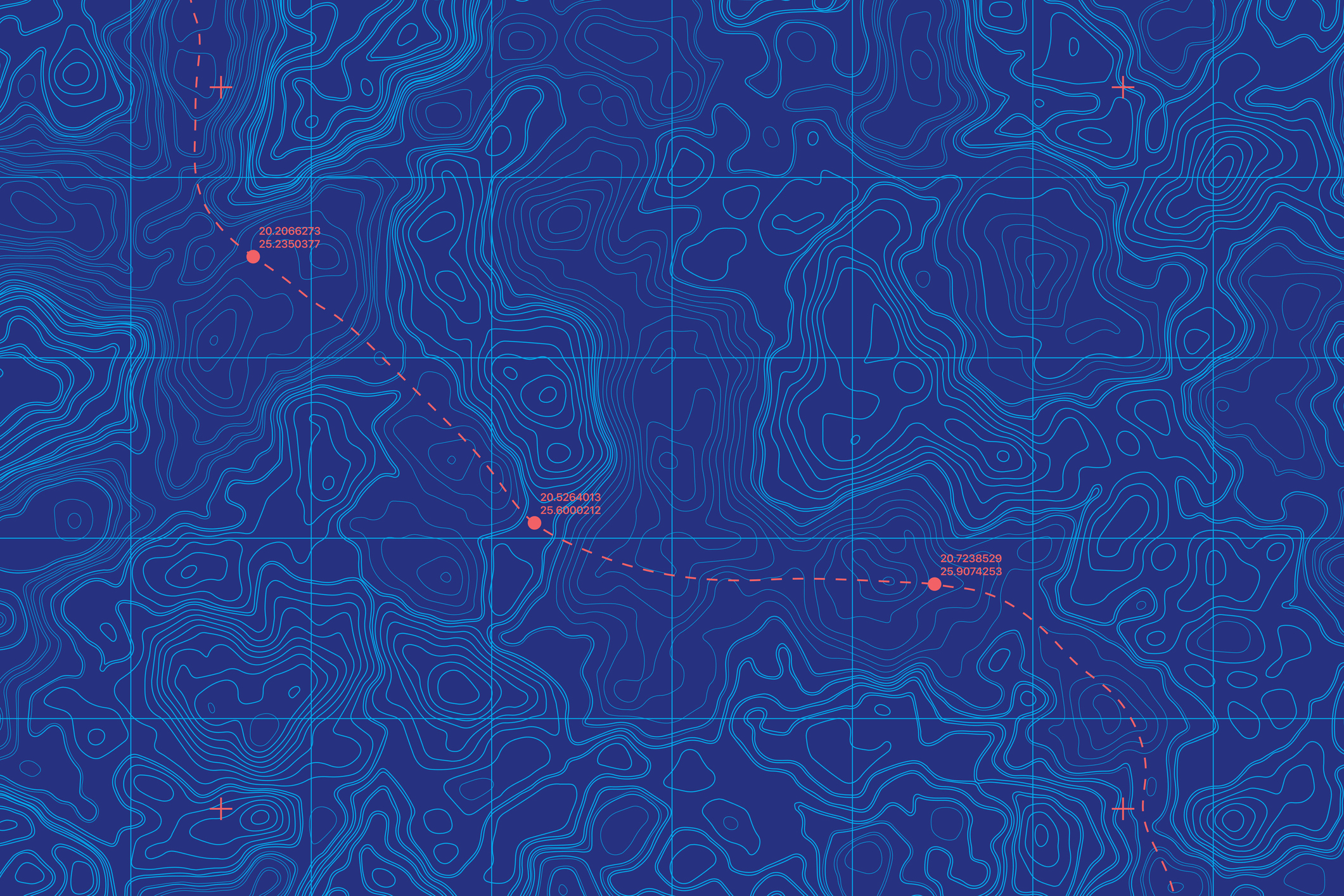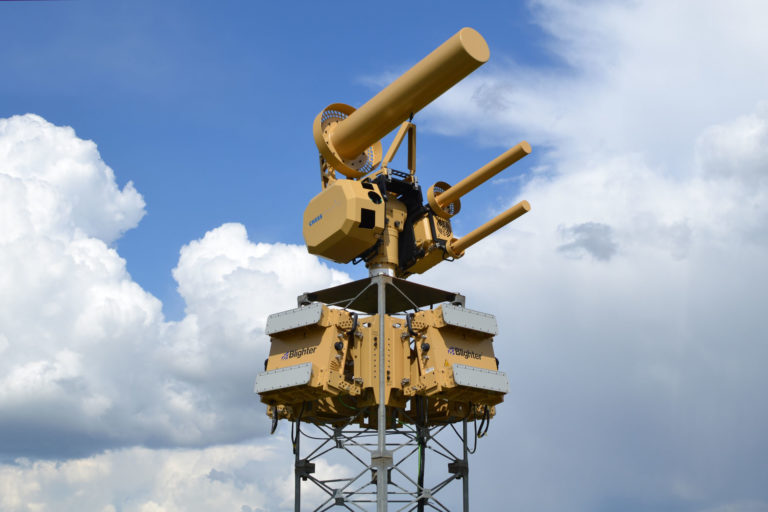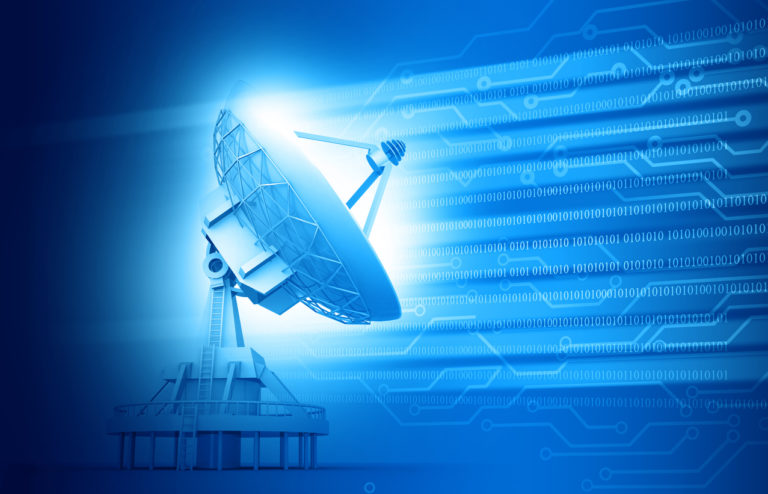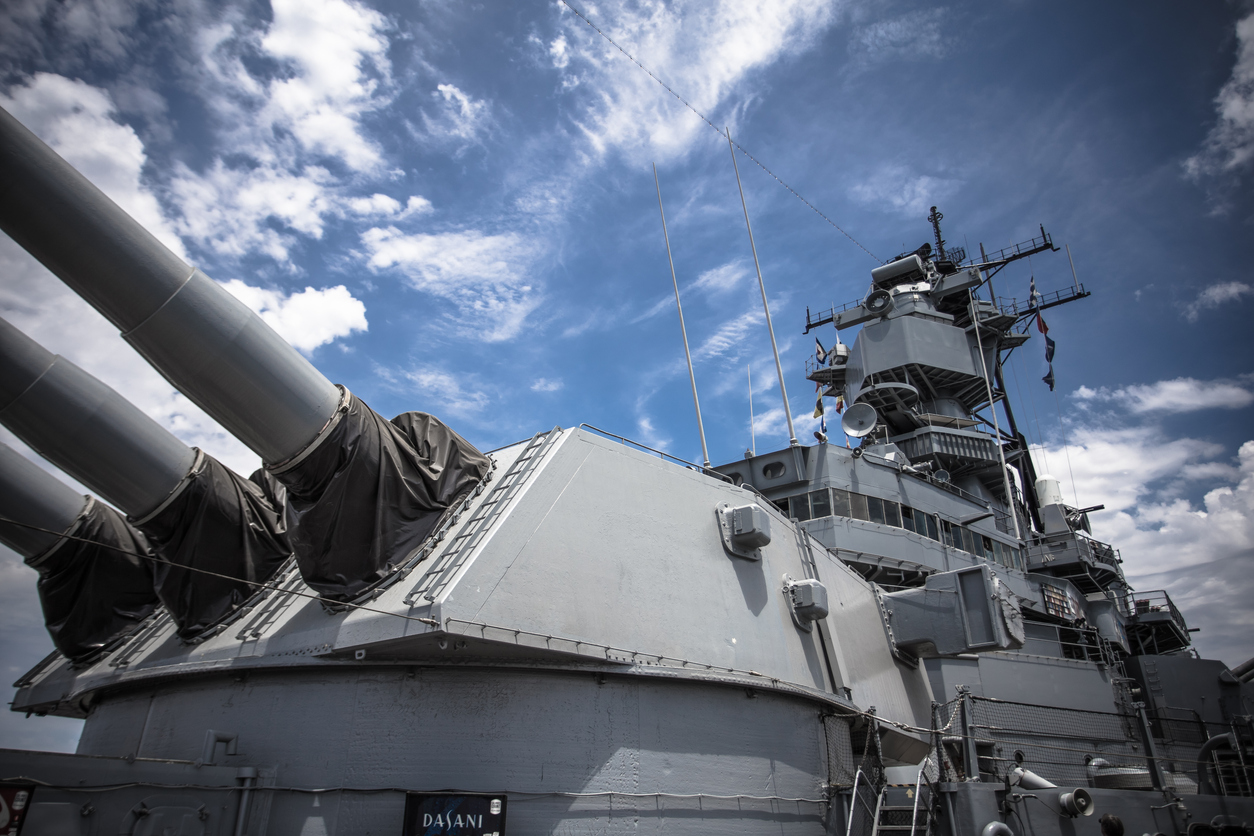EWC4

Modern EW operations suggest the definition of an EW layer where the information management organisation collapses into an information command and control structure.
To this end, whatever the platform, EW must be deeply integrated by means of a dedicated EW integration layer, coordinated by an Electronic Warfare Command & Control (EWC2) that will manage all the sensors and countermeasures on board (in-platform EW integration).
But we must not forget that the network is the force multiplier in the battlespace and the next goal to achieve and maintain “Information Superiority” is collaborative “knowledge sharing”.
As a consequence, even EW packages on board different platforms have to be integrated (cross-platform EW integration), which means that each mission or platform element is a node managed as part of a unified whole that enables aggregated and distributed operations.

Figure 1: EWC4 → EMSO EWC4
In this way, each individual system installed on a single platform can be integrated with electronic systems on the same platform and on other platforms to create a SYSTEM OF SYSTEMS in which each platform contributes to the mission and protection of the others.
EW operations are no longer limited to passive intelligence and active platform protection, but have evolved into protecting friendly information flow and denying enemy information flow (from EW ops to EMSO) becoming important elements of C4ISTAR and system of systems.
In addition, the convergence of EW ops and Cyber ops has created a new order of battle oriented towards disrupting or degrading enemy capabilities in military operations that are increasingly net-centric and computer-centric at the same time.
In this new scenario, a convergence of EW and CW (aka CEMA) is one of the next pillars to create a new parallel for joint operations.
CEMA provides effects that negate or degrade the spectrum allowing control and exploitation of the network.

The dignity of EW has increased to become a System of Systems, being the mix of traditional EW, net-centric operations, EMSO and CEMA, requiring a distributed and collaborative EW capability integrated at the EMSO level and managed and coordinated by an EWC4 (command, control, communication, computer) or even EWC5 adding Cyber to the previous 4 C’s.
The EWC4 is positioned as high as possible at system level, being able to federate different types of equipment, through relevant standardised and flexible architectures and software design in order to take advantage of the rapid technological evolution of sensors and effectors.
EWC4 achieves at the operational level a breakthrough, which is ‘by design’ intended to improve Electro Magnetic Environment (EME) awareness and inform commanders’ decisions with the ultimate goal of achieving EME superiority.
The EWC4 is the heart of EMSO integration at the cross-platform level (EMSO Network) and implements a technical/technological innovation in hardware and/or software by creating a modular and open architecture based on an open computing SW standard to be ready to rapidly integrate new technologies when new threats emerge.

Figure 3: EWC4, the core of EMSO
EWC4 must be provided with a processing capability performed through an adaptive software layer acting as integration engine in order to manage the collection and data fusion of RT (Real Time)/NRT (Near Real Time) data from the organic EW asset required to produce finished intelligence.
The EWC4 must have enough flexibility to integrate several different assets with different protocols and formats: the RT/NRT data must be accepted according to the ICD/IRS documents issued by the sensor manufacturers.
In the Processing phase, the received RT/NRT data must be converted into a common standard format needed to be processed for Intelligence purposes and for Tactical ELINT and COMINT and specific SIGINT analysis with finger printing and Specific Emitter Identification (SEI).
EWC4 in Collaborative EW
The trend towards Collaborative EW is certainly driven by the proliferation of unmanned platforms and their ‘collaboration’ with manned platforms in manned-unmanned teaming (MUT), but it also implies the presence of a EWC4 to coordinate the resulting collaboration at multiple levels: Stand-Off/Stand-In collaboration, sensor collaboration, man-machine collaboration, blue-on-blue collaboration/interoperability.

A distributed and collaborative EW capability is based on a autonomous operational layer of electromagnetic spectrum operations, through the multi-level operation concept of modern and future scenarios providing a flexible and modular configuration adaptable to different types of operational organisation and installation constraints.
In this framework, the EWC4 is able to coordinate advanced countermeasures with cognitive capabilities and specific payloads for unmanned platforms, AI-based identification modules and operator decision support, making EW systems almost autonomous and opening the door to Collaborative EW.
Collaborative EW is the new frontier of Electromagnetic Spectrum Operations (EMSO) and, despite its name, is not limited to EW (which is and remains the combat branch of EMSO), but also affects SIGINT and spectrum management in general.

Figure 5: Manned Un-Manned teaming deployment
In fact, Collaborative EW encompasses firstly the Cooperative Engagement Capability, such as the availability of a sensor network, distributed across all warfare domains (air-sea-land-space-air), plus tools and infrastructures that combine data from multiple search sensors into a single composite real-time track picture.
Second, but equally important in operations, a real breakthrough is expected in the transition of electronic attack (EA), both offensive and self-protection, from Coherent to Cooperative to Collaborative.
Indeed, Coherent EA, the traditional capability, is focused on the precise phasing and timing requirements to produce sophisticated disruption/deception strategies.
This includes modern cognitive/AI-based algorithms that can drive system adjustments at the speed/accuracy required to produce coherent effects.
While on-board jammers and off-board decoy coordination (the simplest example of such an application) will normally be handled by an EWC2, the upscaling of cooperative EA to multi-platform, including potential jamming/deception strategies that optimise EA resources across different types of EA systems, is a task for EWC4 (System of Systems).
Cognitive approach in EW Command and Control
As the battle-space becomes more complex and the requirement for faster decisions and reactions increases, there will be a growing need for expert systems to perform automated functions as sensor interpretation, “Automatic Target Recognition-Classification-Tracking” and Cognitive Jamming.
Other A.I. systems, known as “Decision Support Systems”, have broader applications in the EWC2/C4 environment. This is because they assist in the organization of knowledge about ill-structured issues.
The emphasis is on effectiveness of decision-making, as this involves formulation of alternatives, analysis of their impacts, and interpretation and selection of appropriate options for implementation.
These systems aid humans in mission planning, information management, situation assessment, and decision-making.
A.I. advances in human/machine interface capabilities will also help to close the gap between humans and the machines that support them.
The new trend is “Human-Machine Teaming”, where the machine learns from the past events, decision of the human, and increase its experience and probability of success in the future (proposed/autonomous) decisions.
By exploiting its ability to interact with humans, A.I. based EWC2/C4 can learn diverse behaviours and eventually, into the context of military operations, commanders who might not know beforehand what tasks A.I. will need to accomplish and will be able naturally and quickly to assign it a task (Cognitive Decision Making).
This cognitive approach is rapidly overcoming the traditional approach based on rules, maximum likelihood and correlation among elements.
In addition, A.I. contributions to “Game Playing” and simulation are also leading to better training for personnel who must perform within the demands of the EWC2/C4 environment.
Since command, by nature, is an intellectual activity that requires decision-making in a dynamic environment, these developments are promising elements for the progressive incorporation of AI technology within the command element of EWC2/C4.
Meanwhile this introduction can be supported by means a progressively decreasing supervision activity thanks to the already mentioned Human-Machine-Teaming (HMT) approach in a mix of concentrated intelligence housed in a central EWC4 and distributed intelligence spread in the peripheral platforms (also unmanned).
In a net-centric architecture a centralized EWC4 (powered by AI) can have the task to coordinate mission of multiple platforms (powered by AI) vs. multiple tracks with pre-programmed instructions.
The System of Systems configuration will have two levels:
-
Upper operational integration level (EWC4) that acts as central intelligence based on AI → CONCENTRATED
INTELLIGENCE powered by Machine Learning (ML) supported by Convolutional Neural Networks (CNN)
-
Lower operational integration level federated inside the upper level made by the cooperation of
-
Manned platforms
-
Manned and unmanned platforms (Manned Unmanned Teaming → MUT)
-
Unattended platforms (provided with AI → DISTRIBUTED INTELLIGENCE).
-

Figure 6: EWC4 in net-centric application
The presence of AI on-board the unmanned/unattended platforms will enable to conducting autonomous operations to acquire, track, target and jam quasi-independently threats without the presence of a-priori precise intelligence data.






![Passive Direction Finding [DF] Techniques – Phase Comparison Passive Direction Finding [DF] Techniques – Phase Comparison](https://www.emsopedia.org/wp-content/uploads/2021/04/iStock-545810334.jpg)









